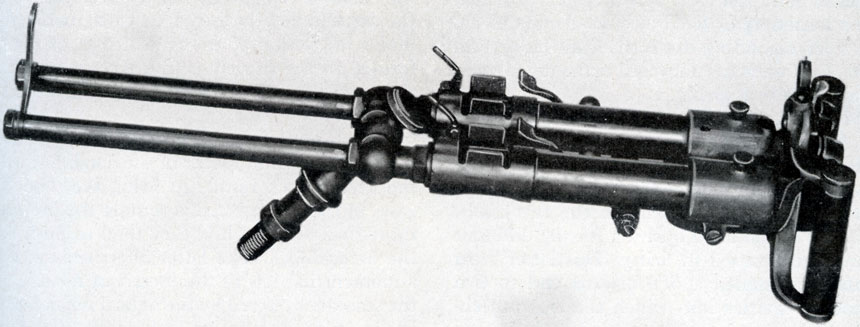

His company had previously been contracted to produce a large amount of the VP M15's, so the machinery and many parts were available. The other two prototypes were demonstrated in 1917, and 500 OVP's were ordered, but it seems they were finished after WWI.Īnother weapon based on the same concept of splitting the VP in half, was designed by the young engineer Tullio Marengoni. It was based on one of the two guns making up the VP, mounted in a more traditional rifle stock with a trigger mechanism. But not long after the introduction and successes of the VP, the Italian military began requesting a more conventional assault weapon.Ī first attempt was made at the end of 1916, when the original manufacturer of the Villar Perosa developed two prototypes of a new weapon, the OVP. The Arditi had integrated the VP into their assault tactics, and made modifications and special mounts to make the weapon more usable, including mounting it in crude rifle stocks. But the violent rate of fire, and the lack of a normal trigger and grips also made the Villar Perosa an awkward infantry weapon.

With its 2 x 1,500rpm it could be a devastating weapon in the right conditions, and by the end of the war over 14,000 VP's had been produced.

The weapon was initially intended to be used in aircraft and was essentially two 9mm machine guns mounted together, but instead the VP was issued to ground troops in 1915. The Italian army was arguably the first in the world to mass-deploy a sub-machine gun-type weapon, with the double-barreled Villar Perosa M15.


 0 kommentar(er)
0 kommentar(er)
